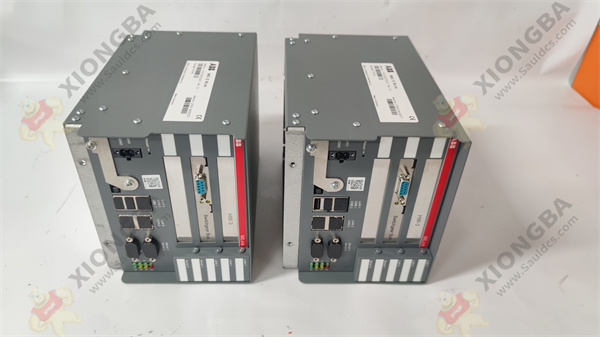In May 2023, the Caixin China Manufacturing PMI recorded 50.9, up 1.4 percentage points from the previous month, as the synchronized recovery of market supply and demand pushed the index back into expansion territory.
Both supply and demand in the manufacturing sector improved sharply. Manufacturing production expanded sharply, with the production index hitting its highest level since July 2022. Demand was slightly weaker than supply, but the new orders index still recorded its second-highest reading since June 2021, with companies surveyed reporting an increase in both customer numbers and demand. External demand remained stable, and the index of new export orders rose slightly within the range of expansion. Among them, the export of intermediate goods was significantly better than that of consumer goods and investment goods.
Manufacturing employment continued to deteriorate. In stark contrast to the improvement in market supply and demand, manufacturing employment continued to contract and at a faster pace. In May, the manufacturing employment index recorded its lowest reading since March 2020. Manufacturing enterprises in employment attitude is extremely cautious, and strive to reduce staff and increase efficiency. The drop in staffing had little impact on backlogs, which were generally stable in May.

1TGE120021R0010
The price index continues to decline markedly. Deflationary pressure increased, the manufacturing purchasing price index and factory gate price index for the second consecutive month significantly below the line of expansion and contraction. Since the start of 2016, both price indices have only been higher in May than the month before. The decline in cost end prices comes from falling prices of industrial metals, food and fuel, while the decline in factory end prices comes from fierce competition in the market.
Supplier logistics continued to improve. Supply time continued to shorten, and the supplier supply time index rose slightly in the expansion range. At the same time, manufacturers’ purchases and inventories of raw materials both increased slightly.
Entrepreneurs remain optimistic. In May, although the manufacturing production and operation expectation index was on the line of growth or contraction, it was worse than the previous half year. In fact, the manufacturing production and operation expectation in May was 2.6 percentage points lower than the long-term average. Manufacturing enterprises were worried about various uncertainties in the economic development.
The latest manufacturing purchasing managers’ index, non-manufacturing business activity index and composite PMI output index released by the National Bureau of Statistics in May were 48.8%, 54.5% and 52.9% respectively, down from 0.4, 1.9 and 1.5 percentage points last month. China’s economic prosperity has fallen somewhat, and the foundation for recovery of development still needs to be consolidated.
 中文版
中文版




